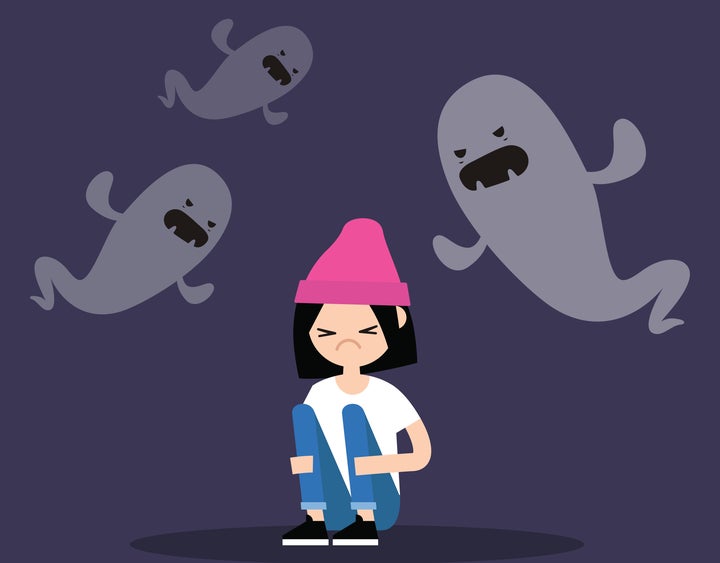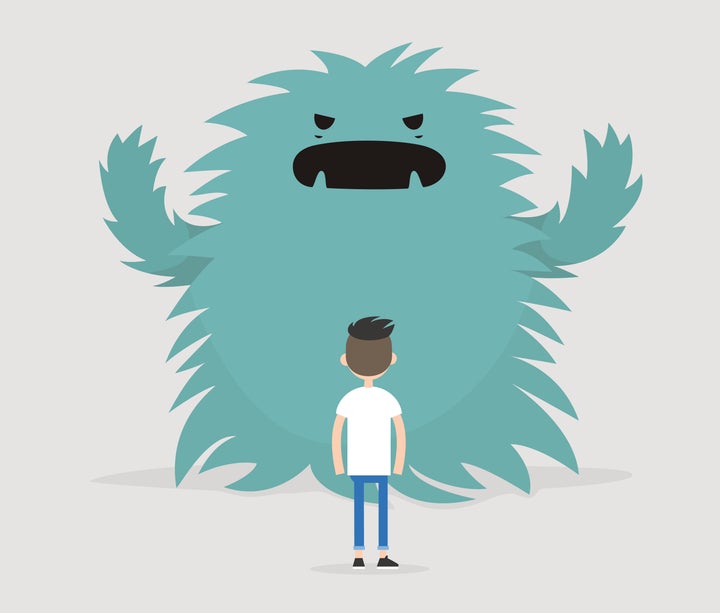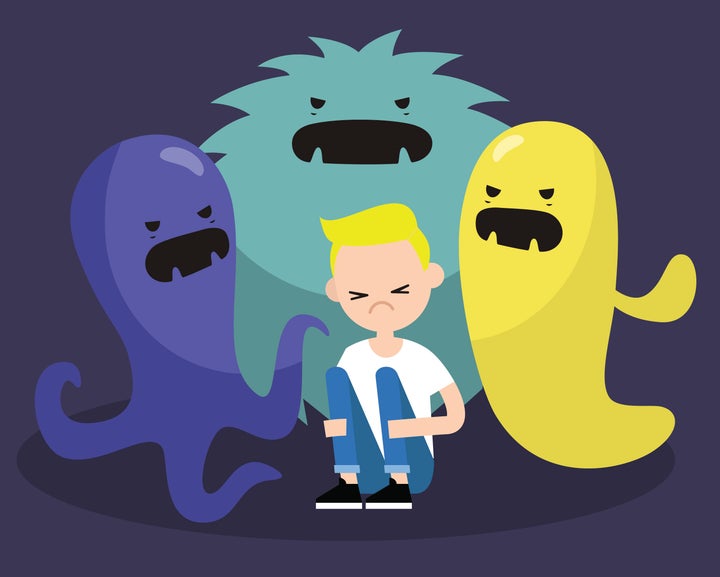
There are few sounds more heartbreaking than a toddler having a scary dream – even within the confines of a pretty sheltered existence when the scariest thing their tiny brain can conjure up is someone taking their toys away or a super-sized teddy on the rampage.
However much we protect our children during their waking hours, all bets are off when they’re asleep. A sleeping child shouting “I don’t want to!” is horrible because it sets your mind racing about the things they might be made to do against their will – when odds are they’re dreaming about being told to tidy up or, ironically, go to sleep.
Nightmares and night terrors are two forms of parasomnia, explains Professor Dieter Wolke, a developmental psychologist at the University of Warwick.
“Nightmares take place during the rapid-eye-movement, or REM, stage of sleep,” he explains. “REM sleep also involves paralysis, which is important, because if you were acting out your nightmares, well, Ikea would be pretty happy, because you’d destroy your bedroom. And, sometimes a nightmare wakes you up and you’ll remember details of it.”
Children require a lot more REM sleep than adults – up to 40% of their sleep falls into this category as it matters for their brain development (the figure is nearer 20% in adults). As morning approaches, there is more REM sleep, making nightmares more likely in the early hours.

Some other elements can increase the chance of nightmares. Children are more likely to have bad dreams if they aren’t getting enough sleep, for instance, or have irregular sleep patterns, or if they are exposed to violent, scary or just overexciting imagery right before bed. In some cases, anxiety and trauma can be the culprits – a child waking up terrified every night may be experiencing bullying during their waking hours or, in more extreme cases, violence.
Wolke did a study a few years ago that found correlations between nightmares in childhood and psychotic traits later in life. It sounds terrifying, until he points out that three-quarters of the population have nightmares during childhood while only 7-8% of people ever display psychotic traits. So your child having nightmares does not mean they’re going to grow up to experience psychosis.
Then there are night terrors, which affect about 20% of children aged between three to seven and “take place in the deep sleep stage, in which memories and learning are consolidated and we are not paralysed,” says Wolke.
“Kids will wake up screaming, moving about, looking through glassy eyes, and really concern their parents. Then after a few minutes they’ll go back to sleep, and wake up later with no memory of the episode at all.” Parents have no need to worry if their children experience night terrors, he says – just make sure they are in a safe environment where they can’t hurt themselves thrashing about. In the vast majority of cases, the terrors will stop by the time they’re seven.

When you think about nightmares, which we all have some experience of, especially in childhood – they’re an odd capacity for human beings to have developed. Extraordinarily complex cognitive processes honed over millions of years of evolution, and what are they doing? Freaking us out in the dead of night. That doesn’t seem like an incredibly useful trait, you know?
“The imagery in the dream might not immediately suggest what the real-world threat might be.”
“One possible answer is that sometimes there are things in our life that are actually quite terrifying, frightening and threatening, and they prey on our minds,” says Professor Roderick Orner from the University of Lincoln.
“One of the fascinating things about dreams is that while sometimes it’s really clear to us what a nightmare is about in terms of threat, sometimes, with how dreams work and the way experience is processed, the imagery in the dream might not immediately suggest what the real-world threat might be,” he says. “Even if the manifested dream imagery is very strange, there can be themes in there which speak of what is going on in the person’s life.”
So, a dream about someone nicking your dinner might not actually be about someone nicking your dinner. In therapy, dream interpretation involves looking at the imagery of dreams and considering what it might represent – with your mind essentially presenting you with a symbol or metaphor that stands in for something you might not be consciously aware is preying on you.
Professor Orner says: “Each person’s circumstances are different. A child’s dream about food being taken away might actually pertain to another threat in their life – a worry that someone close to them is going to leave, for instance.”
This means that bad dreams aren’t necessarily bad things – and there mauy be insights to glean from them about stresses, concerns and worries that are affecting us in ways we’re not consciously aware of.
We can’t muscle into our children’s subconsciouses and battle the monster, retrieve the picnic or make everything better, but we can try to use them as cues to figure out sources of stress. They might be things you can do something about, and they might not – life is pretty big and scary, and childhood is a bonkers time with loads of enormous mad lessons to process. It’s natural for kids to be a bit freaked out by things now and then.
All you can do as a parent is listen, soothe – and try not to lose sleep over it.